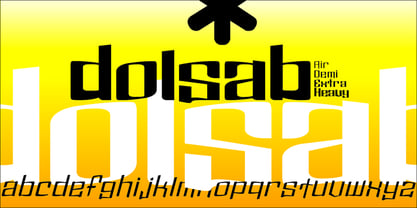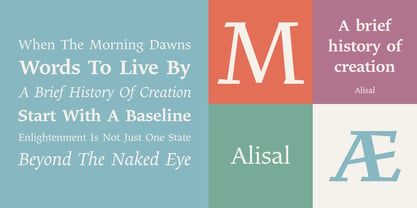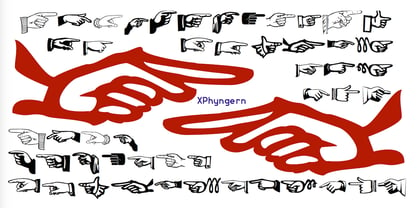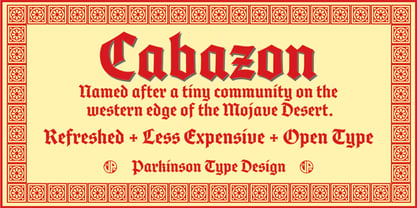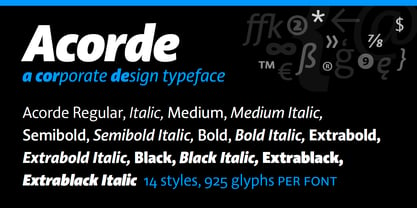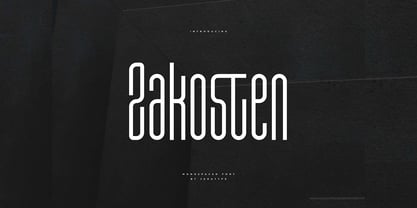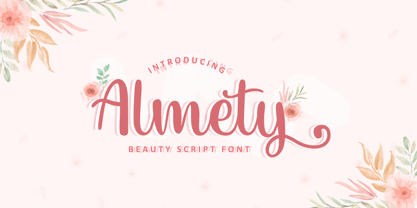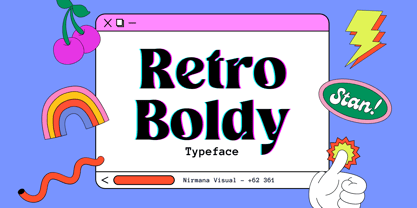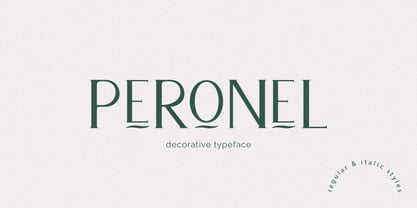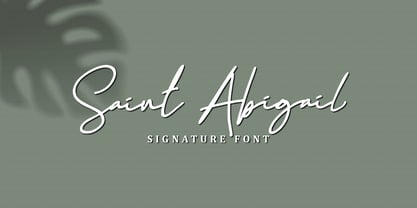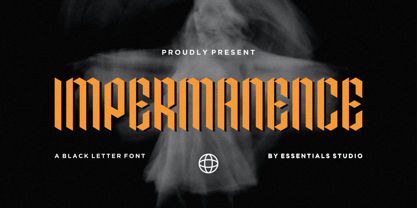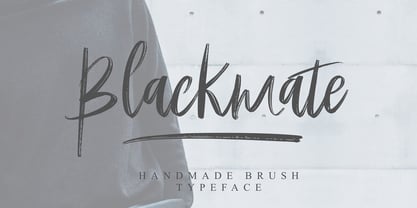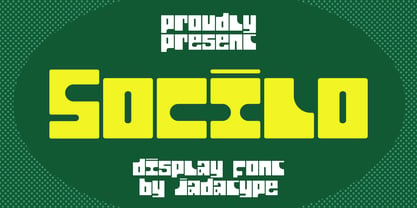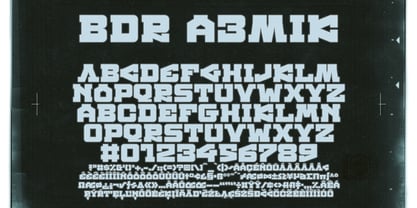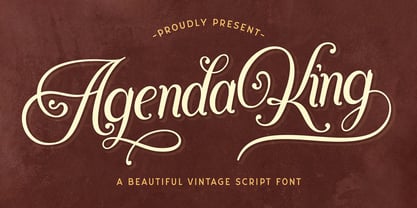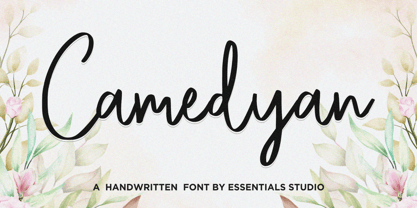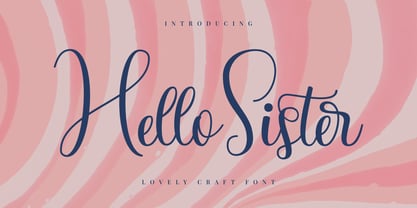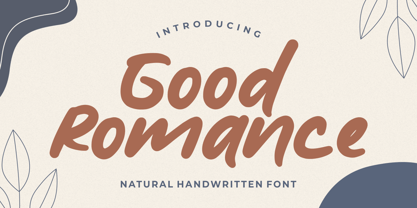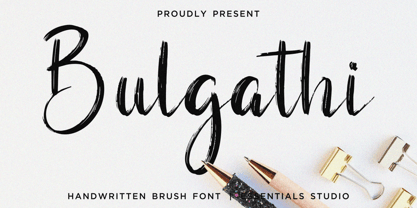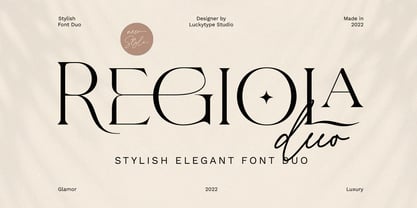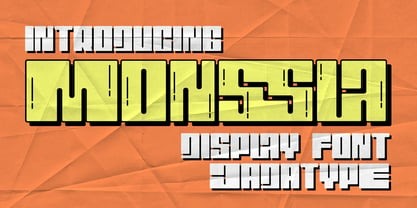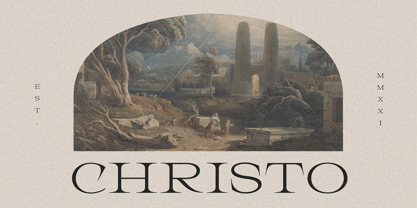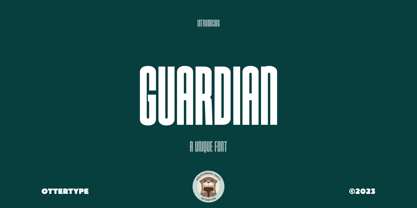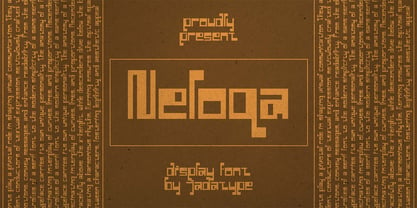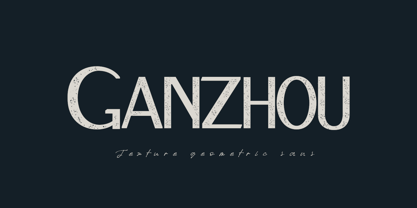10,000 search results
(0.099 seconds)
- Dolsáb by Kent Barns,
$20.00 - Alisal by Monotype,
$29.99 - Winterfell by Alan Meeks,
$45.00 - XPhyngern by Ingrimayne Type,
$17.95 - Cabazon by Parkinson,
$30.00 - DejaVu Sans Condensed - Unknown license
- DejaVu Sans - Unknown license
- Ah, the elusive Font called Font, a font so enigmatic and self-referential it has become the meta of all typography. Picture, if you will, a typeface caught in an identity crisis, perpetually ponderi...
- The font named TRUEblood, created by the designer known as SpideRaY, carries with it a level of artistry and inventiveness that makes it stand out in the world of typography. This font draws inspirat...
- Schmalfette Fraktur by Dieter Steffmann is an intriguing font that captures the essence of historical German printing and manuscript traditions. Dieter Steffmann, known for his passion for reviving v...
- Acorde by Willerstorfer,
$95.00 - Grunge Serifia - Unknown license
- Zakosten by Jadatype,
$12.00 - Almety by Tlatous Type,
$19.00 - Migolan Script by madjack.font,
$15.00 - Stay Kids by Krakenbox Studio,
$15.00 - Retro Boldy by Nirmana Visual,
$24.00 - Weaver Birds by Essentials Studio,
$16.00 - Peronel by Tanincreate,
$16.00 - Saint Abigail by Fromletterel,
$12.00 - Impermanence by Essentials Studio,
$16.00 - Blackmate by BonjourType,
$15.00 - Socilo by Jadatype,
$15.00 - BDR A3MiK by Typedifferent,
$35.00 - Great holiday by Amarlettering,
$15.00 - Agenda King by Stringlabs Creative Studio,
$29.00 - Camedyan by Essentials Studio,
$16.00 - Hello Sister by Haffastudio,
$12.00 - Good Romance by Good Java Studio,
$20.00 - Bulgathi by Essentials Studio,
$16.00 - Seventeen Winter by Sipanji21,
$9.99 - Regiola Script by Lucky Type,
$16.00 - Monssla by Jadatype,
$12.00 - HV Christo by Harmonais Visual,
$12.00 - Guardian by OtterType,
$20.00 - Pretty Berelly by MJB Letters,
$17.00 - Christmas Celebration by Yoga Letter,
$14.00 - Gietta by AEN Creative Studio,
$14.00 - Neloqa by Jadatype,
$15.00 - Ganzhou by SSI.Scraps,
$39.00
